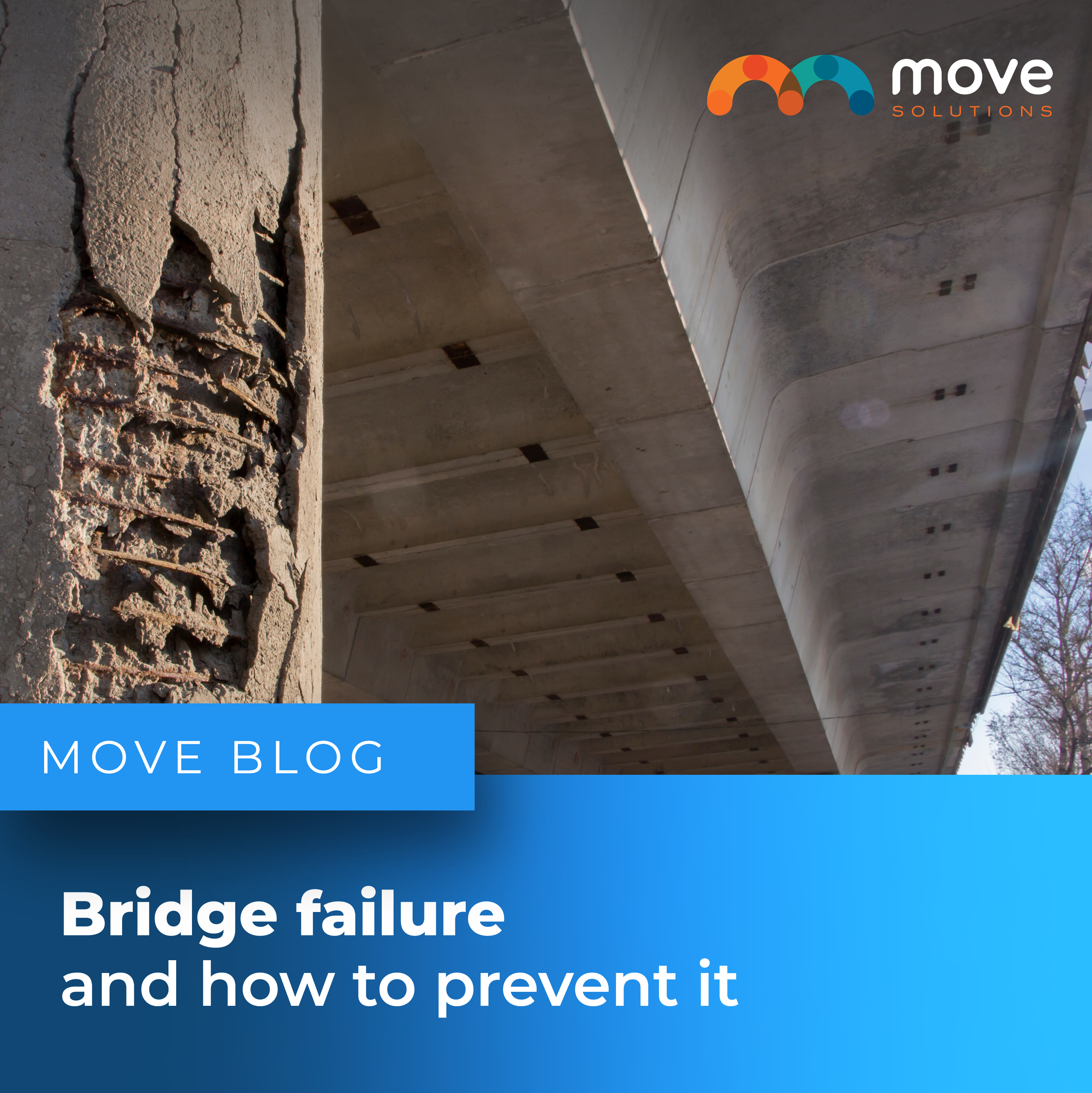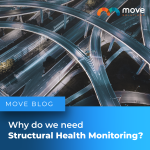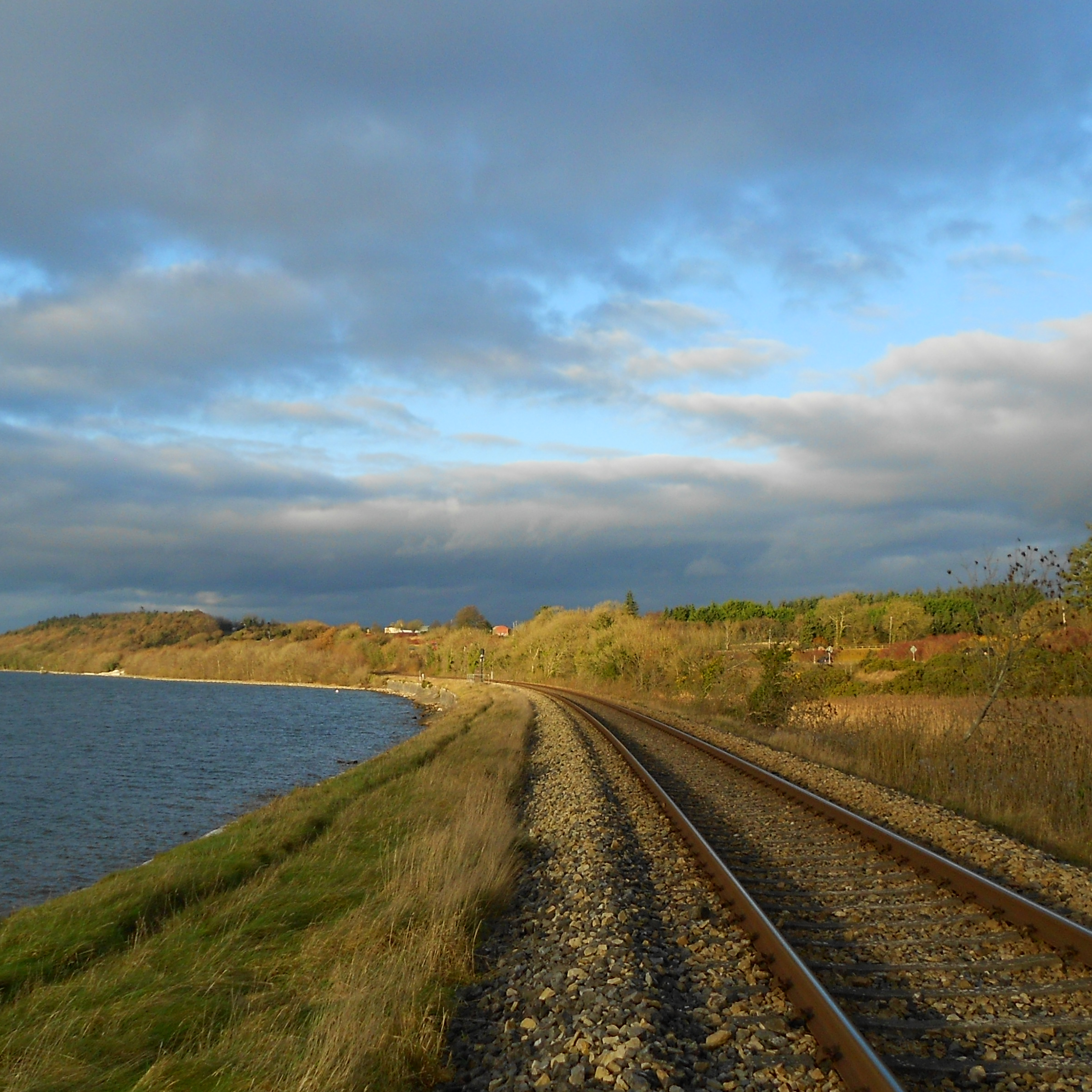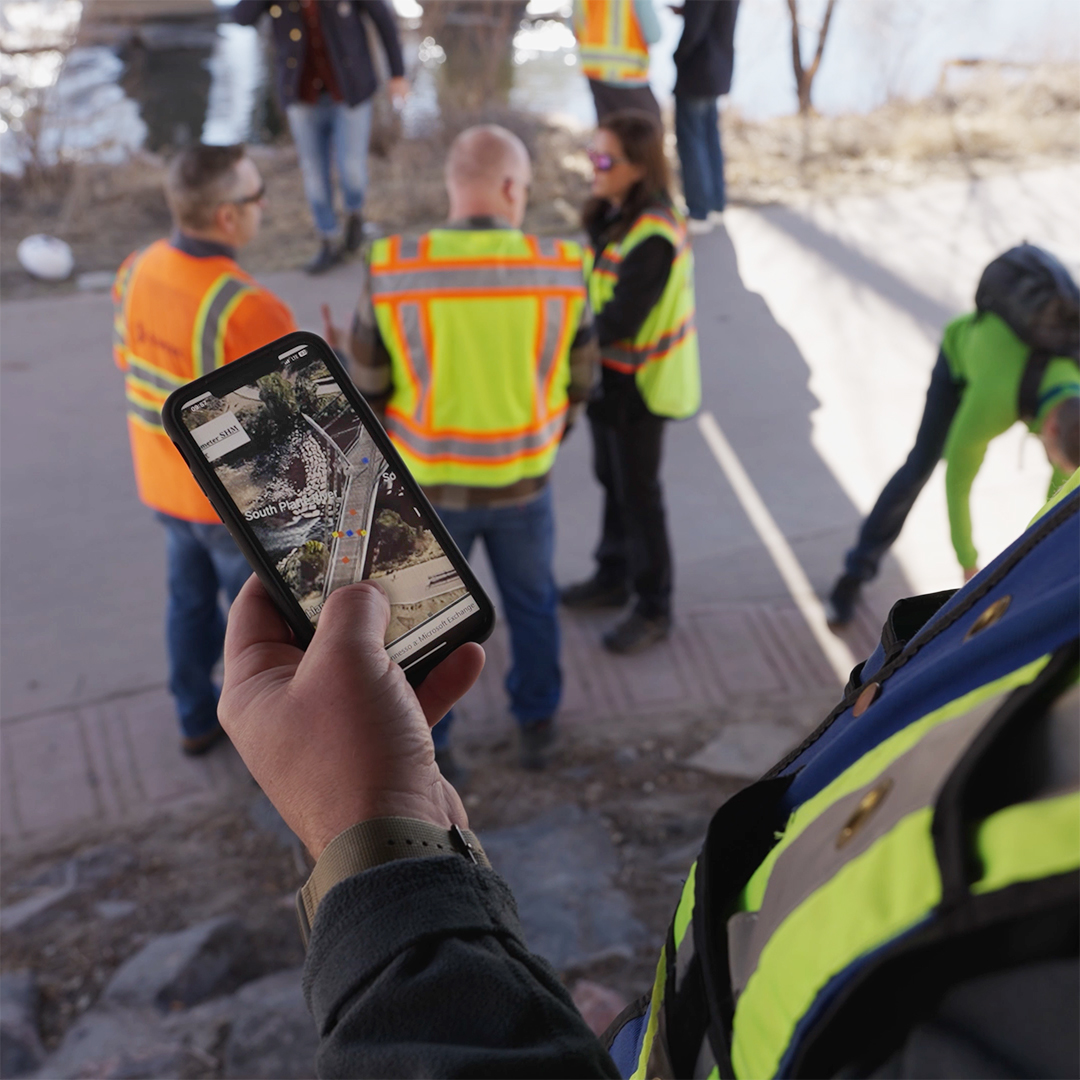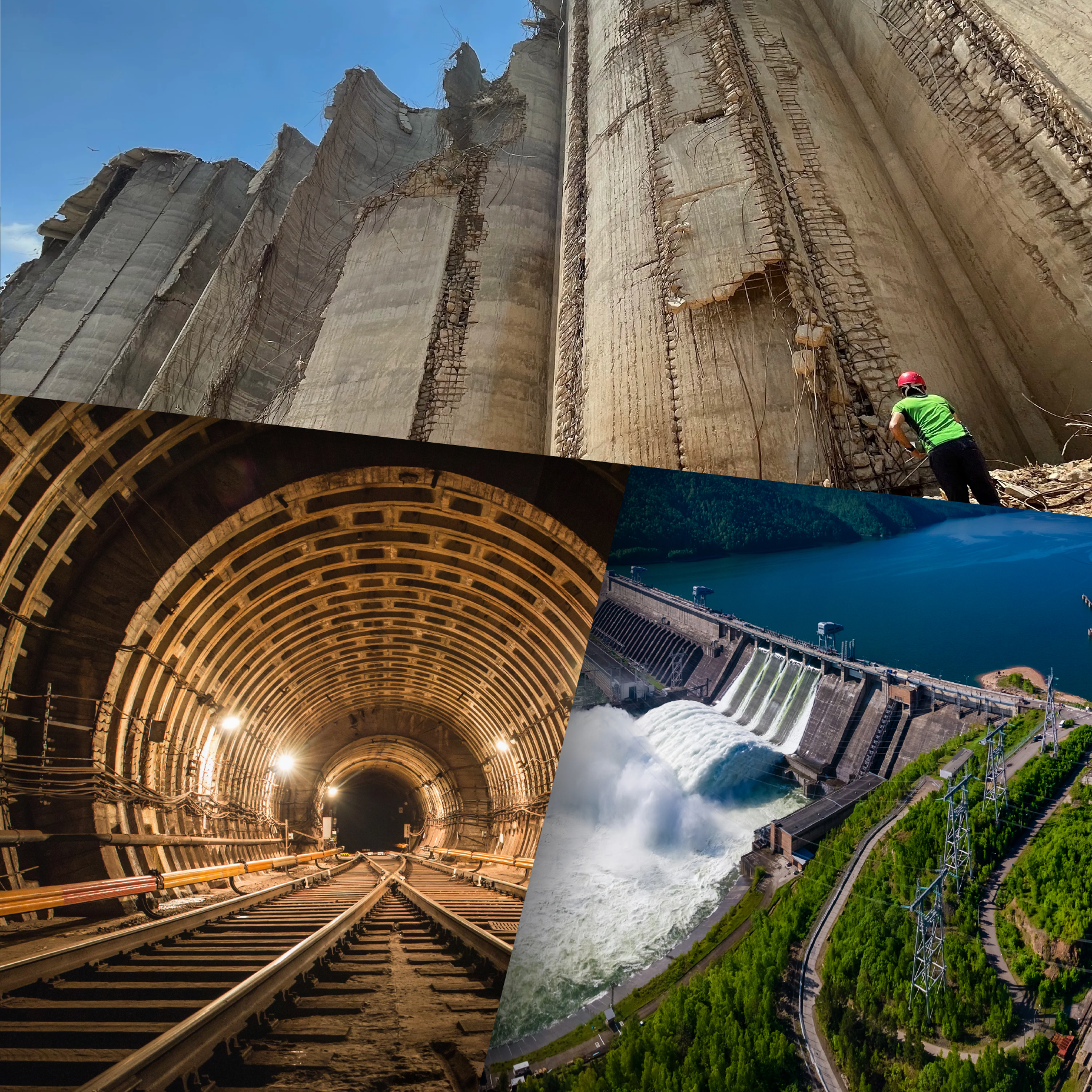Bridge failure and how to prevent it
April 2022
In Italy, more than 300 bridges are at risk of failure.
In America 1 in 9 bridges are considered to be structurally deficient. Worldwide, there have been over 115 major bridge collapses since 2000, with more than 22 of them occurring over the past 2 years.
When a bridge collapses, there are usually a few contributing factors.
These are the most common ones:
1. Natural disasters
Floods, earthquakes and hurricanes can all contribute to bridge collapses.
Floods cause substantial increase in the water level which can affect the dynamic conditions of the bridge, and scouring around abutments and piers might deepen; earthquake shaking can result in movements of the entire structure and loss of support, while hurricanes create uplifting and lateral loads on the deck.
Real world event: when New Orleans was hit by Hurricane Katrina in 2005, the Twin Span Bridge segments were pulled off their piers and into the water below.
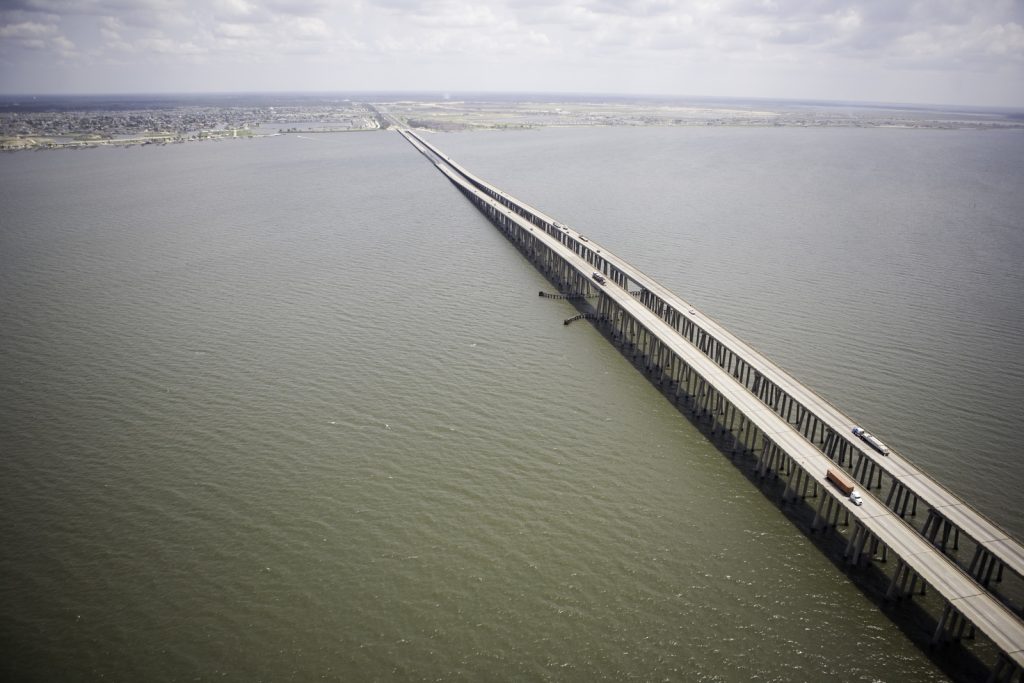
Twin Span Bridge, New Orleans
2. Cheap materials
When money is saved on materials the bridge could become too vulnerable. No one likes to spend money, but excessive cost-cutting usually leads to more costly repairs over time.
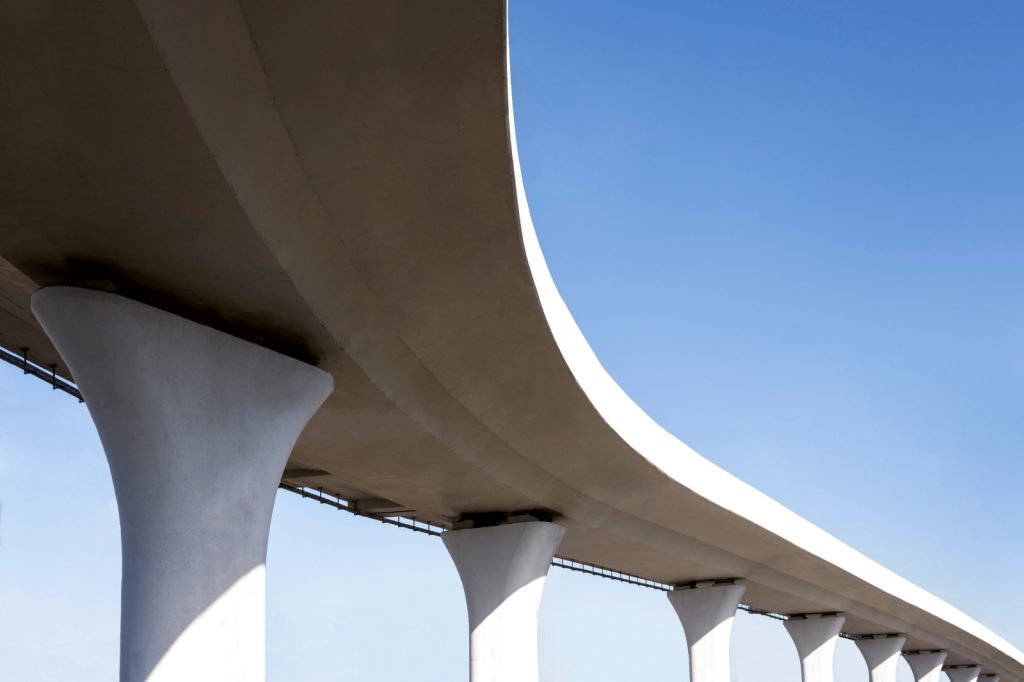
A concrete bridge.
3. Construction failures
Bridge construction sites can be very dangerous: since their full design is not yet realized, even one small miscalculation can cause great damage and put many lives at risk.
Real world event: when the Quebec Bridge, in Canada, collapsed during construction in 1907 it killed 75 of the 86 workers.
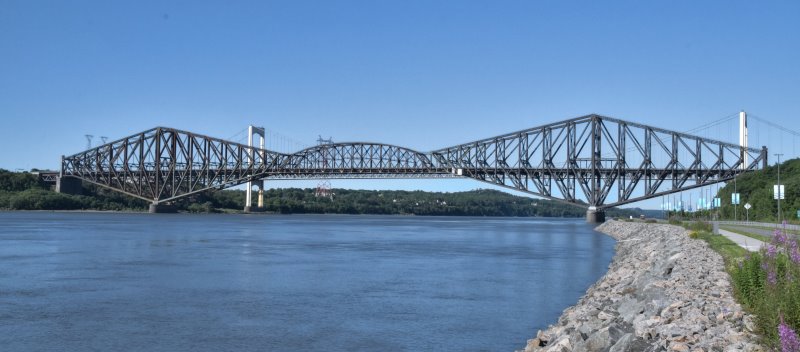
Quebec Bridge, Canada.
4. Ineffective design
Even when high-end materials are used and the construction process goes smoothly, bridges can still collapse if their design is flawed. A structure with poor design could fail to hold weight or to stand natural conditions.
5. Poor maintenance
Perhaps the most worrying aspect of bridge failures is the fact that most of them are preventable. In fact, with proper inspection routine and maintenance bridges lifespan could be drastically improved.
Real world event: the collapse of the Morandi Bridge in 2018, in Genoa, Italy killed 43 people. The lack of adequate monitoring and maintenance, together with other factors, led to the extreme corrosion of steel cables that ultimately snapped.
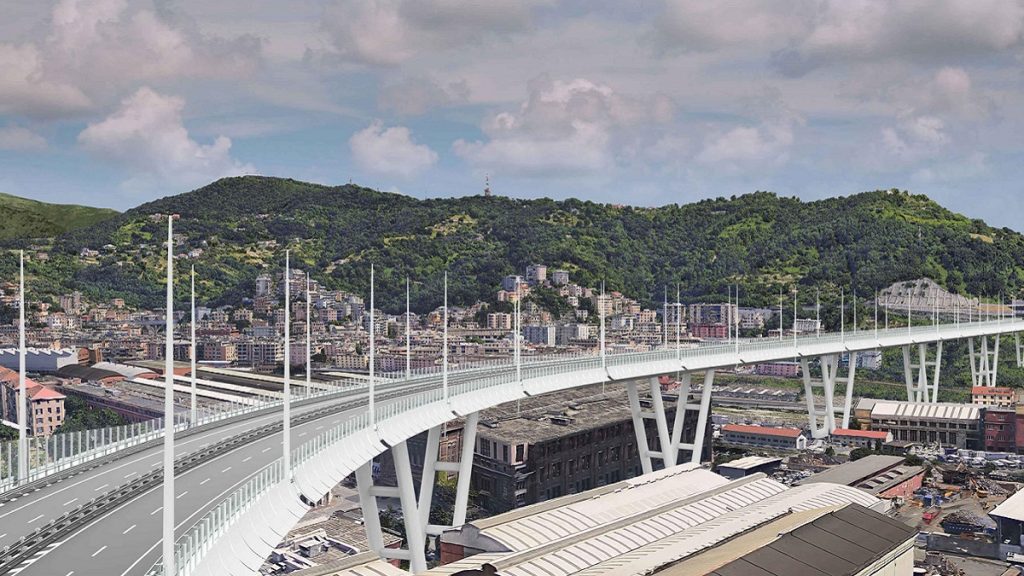
Morandi Bridge after rebuilding (Genova San Giorgio Bridge).
In general, the deterioration of a bridge can proceed very rapidly, and postponing maintenance works will only create the need for major repairs later in time, which are generally less safe and also less preferable both from an environmental and economical point of view. Appropriate repair, strengthening, or replacement work should be done on every aging bridge to ensure their good performance in service condition.
That is also why regular monitoring is important: it helps identify what parts of the structure are deteriorating and what maintenance strategy is the most appropriate.
Since traditional onsite evaluation can do little when issues become critical or start between two inspections, there is increasing interest in wireless and remote structural health monitoring. This innovative way of doing SHM not only can be implemented through much easier and cost-effective installations, but allows you to have a network of sensors that monitor the bridge 24/7 in order to identify, locate, and quantify damages as they happen. By detecting damages at the earliest possible stage, smart SHM systems facilitate maintenance and rehabilitation processes and better ensure the safety of the whole structure.


